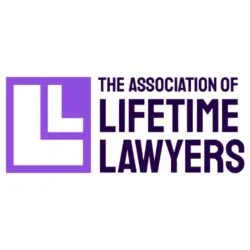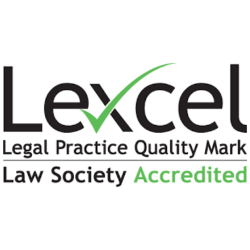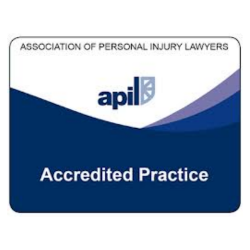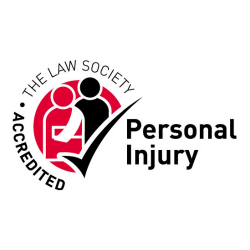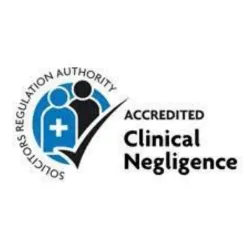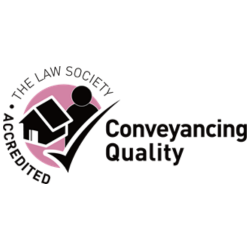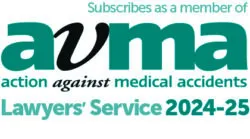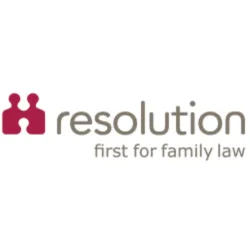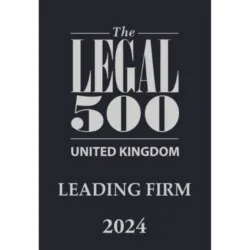
Asset Protection Trusts
Asset protection trusts have been in the news recently — and not always for good reason. Tom Morrish, Senior Partner and head of our wills and estates team, comments on them.
What are they?
Asset Protection Trusts are trusts set up by someone (known as the ‘Settlor’) in their lifetime to dispose of assets from themselves to Trustees. Generally, the idea behind them is to plan for the impact of care fees in a residential or nursing home if these services may be required in the future. If assets (typically the family home or a share in it and possibly also other investments including shares and life policies) are disposed of, then the aim is that they are not treated as assets of that person on entering into care. Given that care is means-tested (the capital threshold is only £23,250) the intention is to minimise the amount spent on care from personal assets and obtain funding from the Local Authority as soon as possible. The Local Authority provides funding once capital assets drop below £23,250.
Another reason someone may set up such a trust is to pass assets out of their estate. On death the family will not have to wait for a Grant of Probate to be obtained before the assets are available, because the assets are already in the hands of Trustees.
Why were they so popular?
These were aggressively sold by financial advisers and unregulated will-writers. Many individuals were referred by reputable building societies to financial advisers and other organisations who sold these trusts. Many of the trusts were set up by McClures Solicitors in Glasgow (now in administration), Will Writing Company/Family Trust Corporation (succeeded to by Philips Trust Corporation – now in administration), Universal Asset Protection (in liquidation) and other organisations. Much of the sales pitch was based on creating a fear around the cost of care.
Do they work?
If the trust is properly drafted and is suitable for the client’s needs, then they can satisfactorily protect a client’s assets against care fees. Hence many of the trusts will in fact have enabled the clients to achieve the desired result.
Pitfalls
Although many Trusts will have provided a satisfactory outcome, a very considerable number have failed or been inappropriate for the client. These are the cases that end up on the desks of solicitors.
- The Local Authority could challenge the creation of the trust as a “deliberate deprivation of assets”. In other words, the trust was simply created to obtain Local Authority funding for care which otherwise should have been paid for privately. Each case would be treated on its own merits.
- Setting up the trusts was expensive (the business model of many of the organisations selling them was to charge a good fee at the start and then “see what happened”) and sometimes unsuitable. The trusts were not suitable for wealthier people whose estates were in excess of the inheritance tax (IHT) threshold or who always had, or retained, sufficient assets so that they would have to self-fund their care anyway. Some clients who set up these trusts caused their death estate to fall into the Inheritance Tax regime whereas if a Trust had not been set up no, IHT would have been payable. In particular, the placing of the family home property into Trust will often cause a loss of the Residence Nil Rate Band (an IHT exemption worth up to £350,000 per married couple). Otherwise, this exemption would probably have been available if the clients had retained the property.
- The organisation selling the trust would often make themselves a Trustee. Some of the corporate Trustees have gone into administration or closed. Legal costs will then often have to be incurred in sorting it all out. In respect of the McClures Trusts individual partners in McClures were named as Trustees and following the administration of that firm it has been necessary to contact these individual partners to obtain their resignation (at a fee).
Should they be kept?
In some cases, they should be. The concept of these trusts works for some clients. However, clients may wish to change the trusteeship to have family Trustees rather than professional Trustees.
Some clients have however lost faith in the care-fees planning industry and simply want their assets back. This is usually possible as there is usually a power vested in the Settlor to close the Trust. Unfortunately, this power is not available if the Settlor has died, and the Trust is being considered by the family after death (which is very often the case). In the case of the Philips Trust Corporation, it has been difficult to recover assets quickly as all (non-property) trust assets were pooled with those of other trusts. To use solicitors’ language – client ledgers were not kept, and client and office money was mixed.
The moral of the story
Clients should always obtain independent advice from a lawyer suitably qualified in this area of work. In most cases, the principal asset of the trust was the family home and rearrangement of the ownership of the family home should only take place after the benefit of appropriate advice and considerable thought.
Author: Tom Morrish, Wills & Estates.

